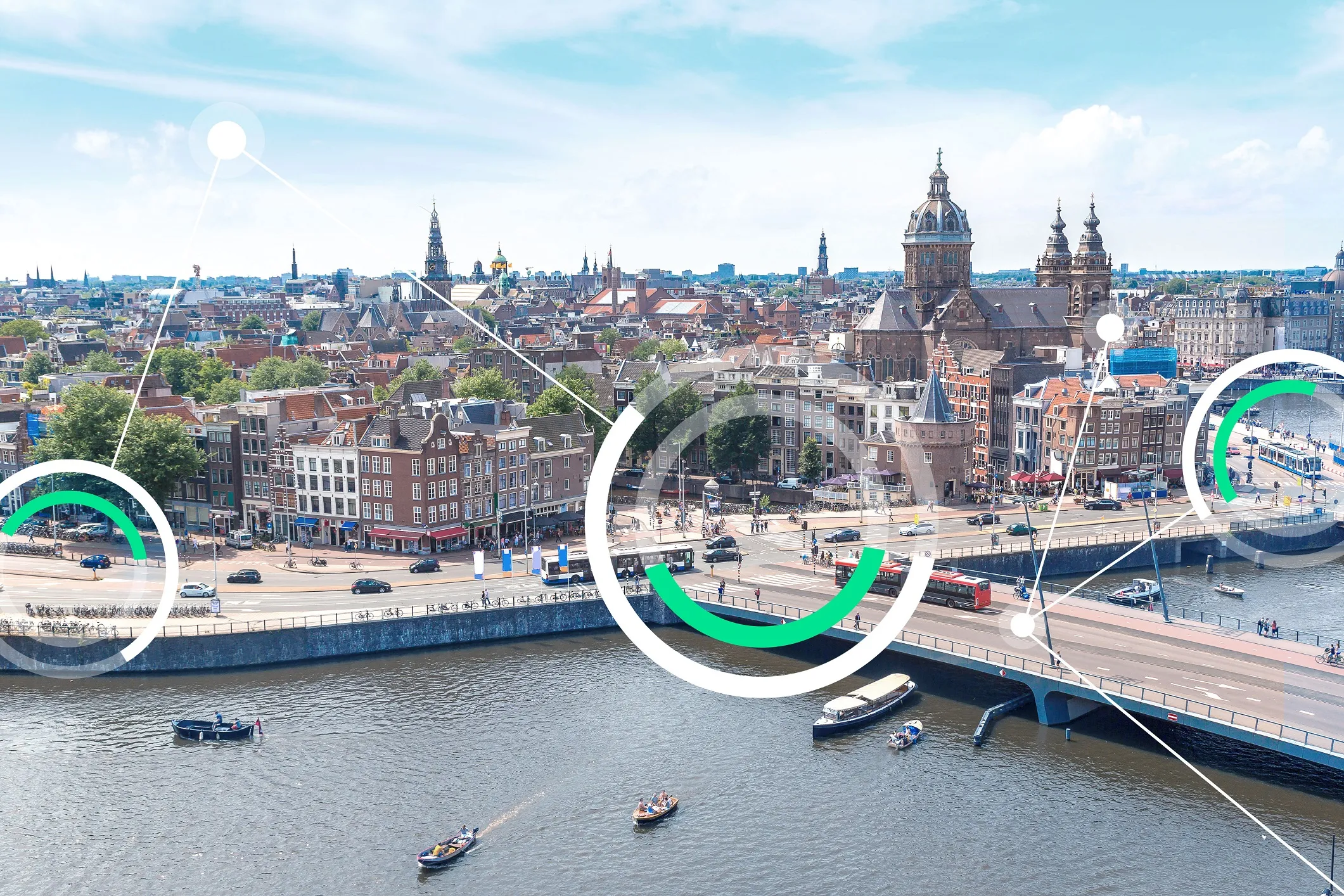In place of up to 300 wire cores on a single signalised intersection, the Plus+ system uses just four cables arranged in a system of rings, arms and spurs. The four wires, two power (48V) and two data, are used to connect ‘intelligent nodes’ in each traffic light head to be connected to the central controller, retaining functionality while minimising wiring and greatly simplifying installation.
Beyond reducing the ducting requirements to a single duct for each run, the ring configuration means that if a cable is severed the power and data can flow the ‘other way’ round the ring to reach the controller and therefore minimise or eliminate outages. And if a traffic light pole is knocked over, the head(s) it carries will be automatically isolated, allowing the remaining lights to function as normal.
Cost reductions of up to 20% are possible and many existing sensors (loops, push button and so on) can be connected to the system.
The company is already working on pre-wiring traffic light heads in order that electrical installation at the roadside is reduced to connecting only four wires.
Siemens’ Plus+ simplifies signalised intersection wiring
The latest innovation from Siemens comes under the Plus+ banner and encompasses its third generation digitised traffic control system which features distributed intelligence and simplifies cabling. In place of up to 300 wire cores on a single signalised intersection, the Plus+ system uses just four cables arranged in a system of rings, arms and spurs. The four wires, two power (48V) and two data, are used to connect ‘intelligent nodes’ in each traffic light head to be connected to the central controller, re
June 2, 2017
Read time: 2 mins
The latest innovation from 189 Siemens comes under the Plus+ banner and encompasses its third generation digitised traffic control system which features distributed intelligence and simplifies cabling.










